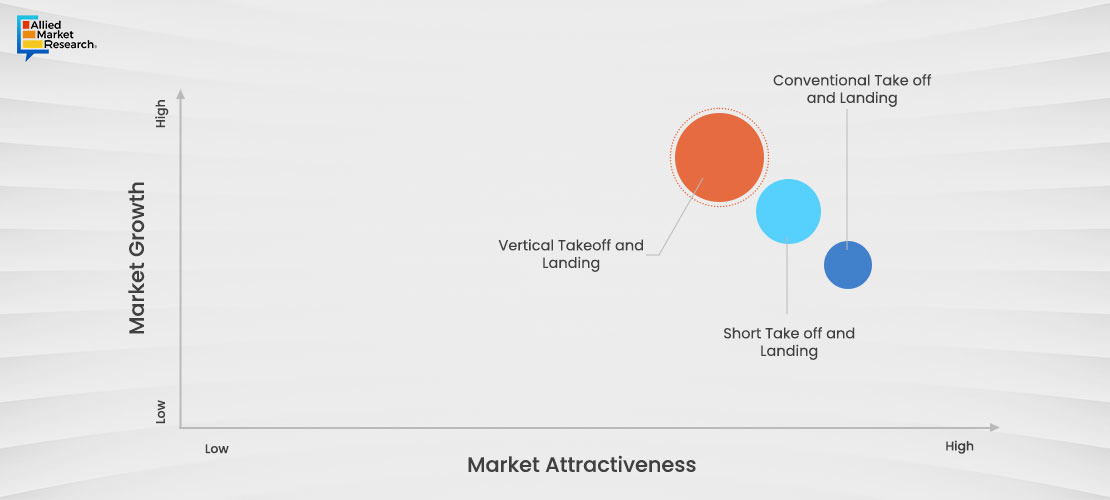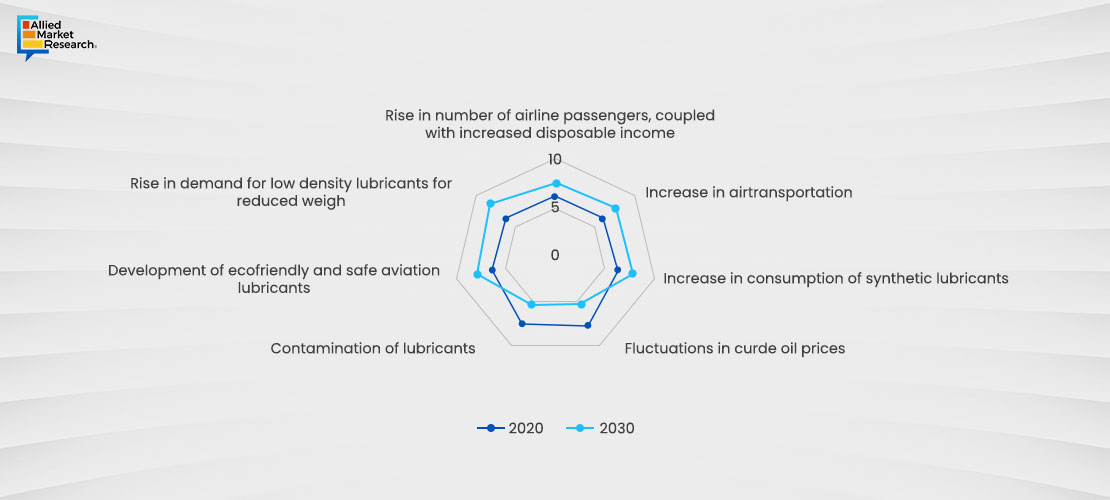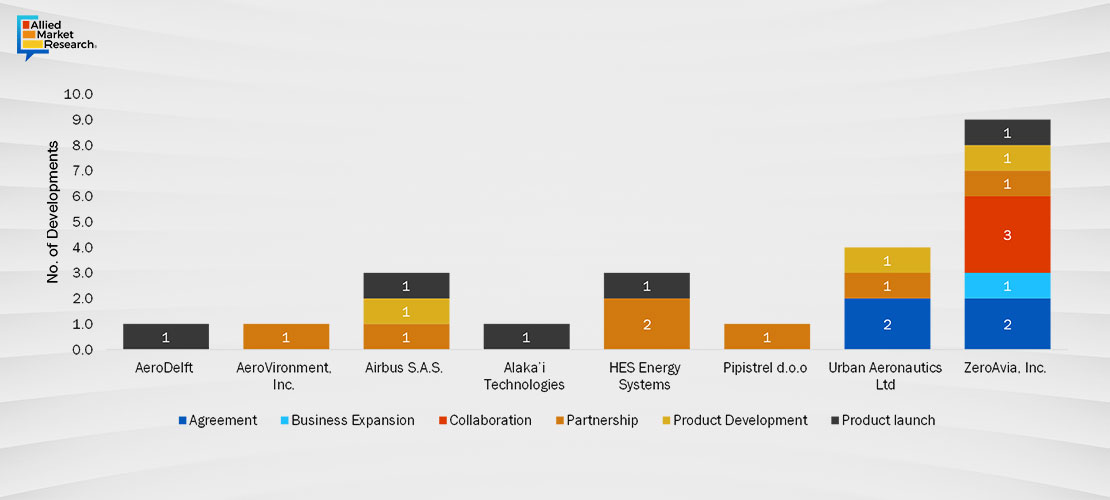Table Of Contents

Lalit Janardhan Katare

Akshay Jadhav
Navigating the Skies with Environmental Responsibility: Sustainable Aviation

The aviation industry has a vital role in connecting people as well as facilitate businesses across different countries. This is attracting more attention for its ecological concern, as business operations often involve frequent air travel for meetings, conferences, and other purposes, contributing to the carbon footprint of the aviation sector. Also, rise in air travel for tourism adds up to the carbon footprints. Therefore, the aviation sector’s carbon footprints have grown considerably raising concerns about climate change. This article examines the initiatives, technological breakthroughs and collaborations that are driving greener and more responsible air travel into the future.
The Need for Sustainable Aviation Adoption
Environmental Challenges: The aviation industry is a source of greenhouse gases like carbon dioxide, nitrous oxide, black carbon, methane, etc., which are released when fossil fuels are burnt. These challenges must be addressed given the increased demand for air travel.
Climate Commitments: Global efforts in addressing climate change such as the Paris Agreement have put it to all industries to minimize their carbon emissions. As a result, the industry’s focus on sustainability has surged. The Paris Agreement is an international treaty aimed at addressing climate change and its impacts adopted in December 2015 at the United Nations Framework Convention on Climate Change (UNFCCC) Conference of the Parties (COP 21) in Paris.
Technological Innovations Driving Sustainability
Electric Propulsion: Aircraft have been built following progress in electric propulsion technology which run on batteries and emit zero carbon emissions, making them cheaper and sustainable to operate compared to conventional planes.
Electric Aircraft Market: Top Investment Pockets
Sustainable Aviation Fuels (SAFs): The utilization of aviation fuels produced from resources like biomass, waste oils and agricultural residues is gaining momentum, within the industry. SAFs provide an alternative to jet fuels offering the potential for significant reductions in emissions. Another way to promote aviation is by exploring hybrid hydrogen powered aircraft. These technologies aim to minimize or eliminate carbon emissions during flights, thereby contributing to an economic air travel experience.
Sustainable Aviation Fuel Market: Top Impacting Factors
Hybrid and Hydrogen Powered Aircraft: Exploring the potential of hybrid hydrogen powered aircraft is an avenue, towards achieving sustainable aviation. These innovative technologies have the goal of reducing or even eliminating carbon emissions during flights thereby contributing to an economic experience for air travellers.

Industry-wide Collaborations
Commitment to Carbon Neutrality: Airlines and aviation organizations are increasingly making commitments to achieve carbon neutrality. Initiatives like the Carbon Offsetting and Reduction Scheme for International Aviation (CORSIA) aim to offset emissions through practices and programs that help counterbalance carbon footprints.

Sustainable Practices in Operations: Airlines are embracing practices in their operations such as optimizing flight routes minimizing single use plastics and investing in energy efficient technologies for ground operations.

Regulatory Landscape and Incentives
Regulatory Frameworks: Governments and regulatory bodies worldwide are implementing frameworks that encourage sustainability within the aviation industry. These frameworks include emission reduction targets, tax incentives for adopting practices such as initiatives aimed at reducing carbon emissions, improving fuel efficiency, or implementing sustainable aviation technologies, as well as regulations promoting the use of Sustainable Aviation Fuels (SAFs).
Financial Incentives: To accelerate the adoption of eco aviation technologies, airlines and manufacturers are being offered incentives like grants, subsidies, and low interest loans. For instance, in June 2022, IATA (International Air Transport Association) called for governments to urgently put in place large-scale incentives to rapidly expand the use of sustainable aviation fuels (SAF) as aviation pursues its commitment to achieving net zero carbon emissions by 2050.
Future Prospects
Infrastructure Limitations: While progress is being made towards aviation it's essential to acknowledge that there are still challenges related to infrastructure limitations that need to be addressed. The implementation of aviation technologies encounters obstacles concerning infrastructure such as the requirement for expanded charging or refueling networks to accommodate electric and hydrogen powered aircraft.
Considering Expenses: Although the future advantages of aviation are clear, the initial expenses involved in adopting eco technologies continue to pose a challenge for certain stakeholders such as airlines, manufacturers, regulatory bodies, or any other entities involved in the aviation sector, within the industry.
Conclusion
Sustainable aviation is a step for the aviation industry as it aligns with worldwide endeavors to address the challenges of climate change. Advancements in technology, industry collaborations, and regulatory support indicate that pursuing sustainability in aviation is not just an environmental responsibility but also a strategy to build a resilient and future-ready industry. As stakeholders across the aviation sector embrace sustainability, our skies will not represent connectivity but also serve as a testament to responsible and environmentally conscious air travel.

